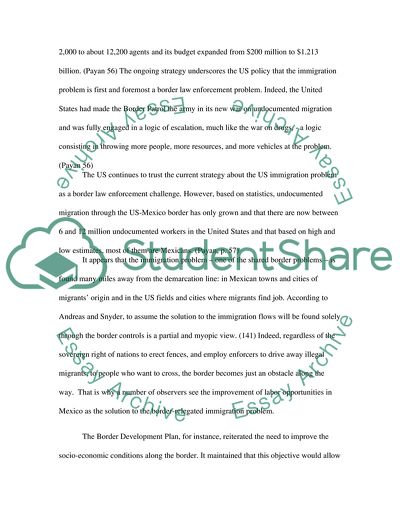Cite this document
(US-Mexico Border: Contemporary Problems Coursework, n.d.)
US-Mexico Border: Contemporary Problems Coursework. https://studentshare.org/politics/1730516-the-us-mexico-border
US-Mexico Border: Contemporary Problems Coursework. https://studentshare.org/politics/1730516-the-us-mexico-border
(US-Mexico Border: Contemporary Problems Coursework)
US-Mexico Border: Contemporary Problems Coursework. https://studentshare.org/politics/1730516-the-us-mexico-border.
US-Mexico Border: Contemporary Problems Coursework. https://studentshare.org/politics/1730516-the-us-mexico-border.
“US-Mexico Border: Contemporary Problems Coursework”. https://studentshare.org/politics/1730516-the-us-mexico-border.


